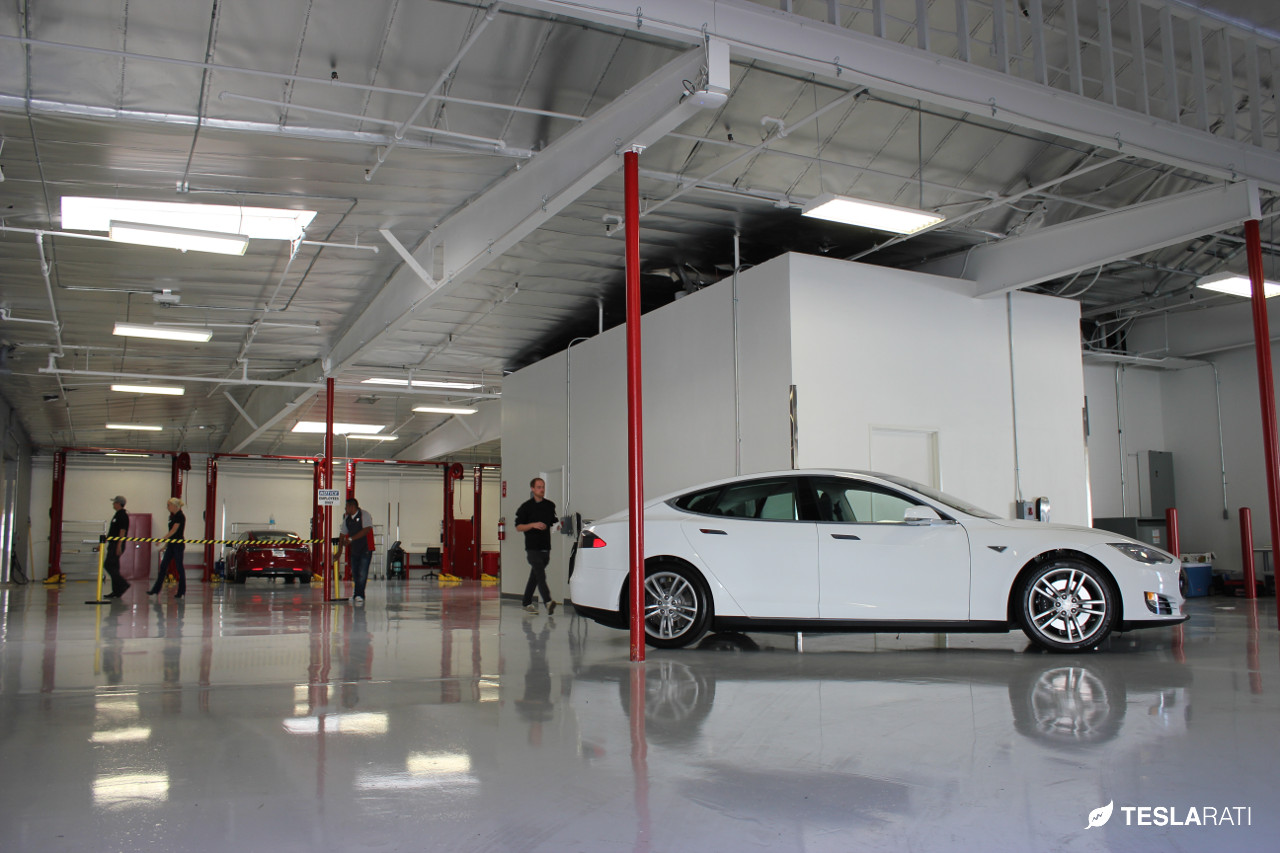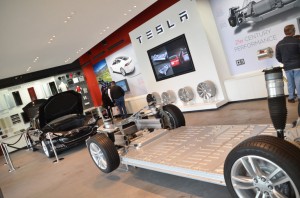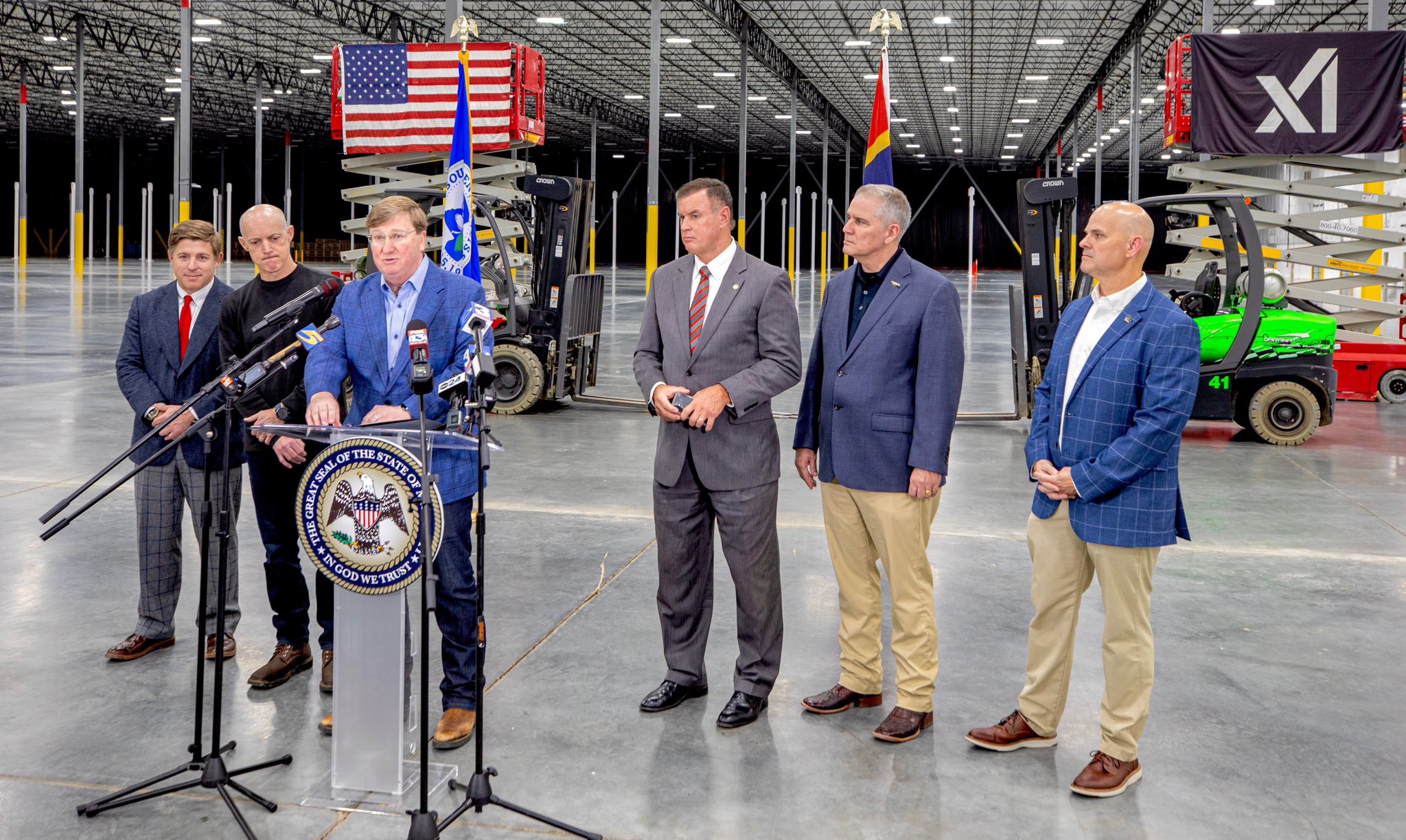News
Is Tesla Motors disruptive or disturbing?

 Tesla Motors stands out in many ways, leaving many wondering how disruptive is it and how disturbing it is for corporations. One thing is for certain, Tesla reflects a need in society, that of a deep fundamental change. The problem is, are giant corporations ready for this change and can they adapt?
Tesla Motors stands out in many ways, leaving many wondering how disruptive is it and how disturbing it is for corporations. One thing is for certain, Tesla reflects a need in society, that of a deep fundamental change. The problem is, are giant corporations ready for this change and can they adapt?
To disrupt, or not, that is not longer the questions.
Tesla Motors disrupts and irritates the way corporations operate. Elon Musk and Martin Eberhard didn’t invent the wheel, they both used what entrepreneurs are best at, that of asking what is needed. They wanted a cool and fun car that didn’t use dirty polluting petroleum. They went to see what AC Propulsion was working on with their incredible t-zero, the grandfather of the Roadster and the Tesla Roadster born soon after.
Tesla Motors didn’t reinvent the wheel, but disrupted the automotive world by using old and tested technologies, an electric motor and off the shelf batteries. On the flip side, automakers build vehicles with planned obsolescence and constant maintenance, which perpetuate a thriving cash flow through after market and distribution. Tesla introduced an electric car that required close to no maintenance, sold directly to buyers who choose to buy it or not. That was the disruptive part, now let’s look at the disturbing part for automakers.
Steady as she goes down the drain.
We often fault carmakers for everything wrong in the automotive industry, but their worn out business model that won’t adapt to our fast changing needs is really what is wrong. The biggest mistake they made was to over-rely on the market it created in the first place. It simply didn’t see the electric car technology progressing faster than their gasoline one and doubted this new market was ready. They simply didn’t understand people want a real fundamental change, which means taking a step back from bottom line profits.
The Tesla Motors business model frightens established companies because it operates outside their reality and shifts the emphasis back to the consumer. We can debate how much hype there is around a Roadster and a Model S, but fundamentally, one either buys cars because of its superior performance over a gasoline car, or because of the freedom of energy use, with its convenience and reliability and finally, or because it just darn changes things a lot.
Now flash back to the post 2008 era, when the financial world was partying as if there were no tomorrow and carmakers sued any states imposing better fuel economy. Carmakers perpetuated the belief we wanted cars with more cup holders than we truly needed, and favored creature comforts over performance and evolution. The advent of the electric wrestled that grip on the lulled market away from them, the way only a silicon valley startup could with its different business model.
Who’s disturbing now?
So, who’s disturbing now? When we look back in time, almost all big corporations were at one point disruptive. AT&T gave us Unix, Microsoft gave us the potential of the personal computer, but we certainly can’t call them disruptive anymore. They are disturbing in the fact they no longer innovate, but stubbornly pursue a path of pure profitability. Unfortunately, Apple is also following the same trend. The company once famous for stellar customer service and extremely well made computers is now more focused on profits than innovations. It’s Apple store is no longer fun to visit, and manufacturing problems are happening often.
It doesn’t take much extrapolation to see that one day too, Tesla Motors will be in the same situation. Are there exceptions? Certainly IBM made the right change. After decades of focusing on manufacturing, it made the boldest move to go back to consulting. Look at where IBM is now, and compare it to other personal computer makers. So what can companies learn from newer players and what can newer players learn from older companies having come full circle?

News
Tesla Model Y Standard Long Range RWD launches in Europe
The update was announced by Tesla Europe & Middle East in a post on its official social media account on X.

Tesla has expanded the Model Y lineup in Europe with the introduction of the Standard Long Range RWD variant, which offers an impressive 657 km of WLTP range.
The update was announced by Tesla Europe & Middle East in a post on its official social media account on X.
Model Y Standard Long Range RWD Details
Tesla Europe & Middle East highlighted some of the Model Y Standard Long Range RWD’s most notable specs, from its 657 km of WLTP range to its 2,118 liters of cargo volume. More importantly, Tesla also noted that the newly released variant only consumes 12.7 kWh per 100 km, making it the most efficient Model Y to date.
The Model Y Standard provides a lower entry point for consumers who wish to enter the Tesla ecosystem at the lowest possible price. While the Model 3 Standard is still more affordable, some consumers might prefer the Model Y Standard due to its larger size and crossover form factor. The fact that the Model Y Standard is equipped with Tesla’s AI4 computer also makes it ready for FSD’s eventual rollout to the region.
Top Gear’s Model Y Standard review
Top Gear‘s recent review of the Tesla Model Y Standard highlighted some of the vehicle’s most notable features, such as its impressive real-world range, stellar infotainment system, and spacious interior. As per the publication, the Model Y Standard still retains a lot of what makes Tesla’s vehicles well-rounded, even if it’s been equipped with a simplified interior.
Top Gear compared the Model Y Standard to its rivals in the same segment. “The introduction of the Standard trim brings the Model Y in line with the entry price of most of its closest competition. In fact, it’s actually cheaper than a Peugeot e-3008 and costs £5k less than an entry-level Audi Q4 e-tron. It also makes the Ford Mustang Mach-E look a little short with its higher entry price and worse range,” the publication wrote.
Elon Musk
Elon Musk’s xAI bets $20B on Mississippi with 2GW AI data center project
The project is expected to create hundreds of permanent jobs, dramatically expand xAI’s computing capacity, and further cement the Mid-South as a growing hub for AI infrastructure.

Elon Musk’s xAI plans to pour more than $20 billion into a massive new data center campus in Southaven, Mississippi, marking the largest single economic development project in the state’s history.
The project is expected to create hundreds of permanent jobs, dramatically expand xAI’s computing capacity, and further cement the Mid-South as a growing hub for AI infrastructure.
xAI goes MACROHARDRR in Mississippi
xAI has acquired and is retrofitting an existing facility in Southaven to serve as a new data center, which will be known as “MACROHARDRR.” The site sits near a recently acquired power plant and close to one of xAI’s existing data centers in Tennessee, creating a regional cluster designed to support large-scale AI training and inference.
Once completed, the Southaven facility is expected to push the company’s total computing capacity to nearly 2 GW, placing it among the most powerful AI compute installations globally. The data center is scheduled to begin operations in February 2026.
Gov. Tate Reeves shared his optimism about the project in a press release. “This record-shattering $20 billion investment is an amazing start to what is sure to be another incredible year for economic development in Mississippi. Today, Elon Musk is bringing xAI to DeSoto County, a project that will transform the region and bring amazing opportunities to its residents for generations. This is the largest economic development project in Mississippi’s history,” he said.
xAI’s broader AI ambitions
To secure the investment, the Mississippi Development Authority approved xAI for its Data Center Incentive program, which provides sales and use tax exemptions on eligible computing hardware and software. The City of Southaven and DeSoto County are also supporting the project through fee-in-lieu agreements aimed at accelerating development timelines and reducing upfront costs.
Founded in 2023 by Elon Musk, xAI develops advanced artificial intelligence systems focused on large-scale reasoning and generative applications. Its flagship product, Grok, is integrated with the social media platform X, alongside a growing suite of APIs for image generation, voice, and autonomous agents, including offerings tailored for government use.
Elon Musk highlighted xAi’s growth and momentum in a comment about the matter. “xAI is scaling at an immeasurable pace — we are building our third massive data center in the greater Memphis area. MACROHARDRR pushes our Colossus training compute to ~2GW – by far the most powerful AI system on Earth. This is insane execution speed by xAI and the state of Mississippi. We are grateful to Governor Reeves for his support of building xAI at warp speed,” Musk said.
Elon Musk
Tesla AI Head says future FSD feature has already partially shipped

Tesla’s Head of AI, Ashok Elluswamy, says that something that was expected with version 14.3 of the company’s Full Self-Driving platform has already partially shipped with the current build of version 14.2.
Tesla and CEO Elon Musk have teased on several occasions that reasoning will be a big piece of future Full Self-Driving builds, helping bring forth the “sentient” narrative that the company has pushed for these more advanced FSD versions.
Back in October on the Q3 Earnings Call, Musk said:
“With reasoning, it’s literally going to think about which parking spot to pick. It’ll drop you off at the entrance of the store, then go find a parking spot. It’s going to spot empty spots much better than a human. It’s going to use reasoning to solve things.”
Musk said in the same month:
“By v14.3, your car will feel like it is sentient.”
Amazingly, Tesla Full Self-Driving v14.2.2.2, which is the most recent iteration released, is very close to this sentient feeling. However, there are more things that need to be improved, and logic appears to be in the future plans to help with decision-making in general, alongside other refinements and features.
On Thursday evening, Elluswamy revealed that some of the reasoning features have already been rolled out, confirming that it has been added to navigation route changes during construction, as well as with parking options.
He added that “more and more reasoning will ship in Q1.”
🚨 Tesla’s Ashok Elluswamy reveals Nav decisions when encountering construction and parking options contain “some elements of reasoning”
More uses of reasoning will be shipped later this quarter, a big tidbit of info as we wait v14.3 https://t.co/jty8llgsKM
— TESLARATI (@Teslarati) January 9, 2026
Interestingly, parking improvements were hinted at being added in the initial rollout of v14.2 several months ago. These had not rolled out to vehicles quite yet, as they were listed under the future improvements portion of the release notes, but it appears things have already started to make their way to cars in a limited fashion.
Tesla Full Self-Driving v14.2 – Full Review, the Good and the Bad
As reasoning is more involved in more of the Full Self-Driving suite, it is likely we will see cars make better decisions in terms of routing and navigation, which is a big complaint of many owners (including me).
Additionally, the operation as a whole should be smoother and more comfortable to owners, which is hard to believe considering how good it is already. Nevertheless, there are absolutely improvements that need to be made before Tesla can introduce completely unsupervised FSD.








